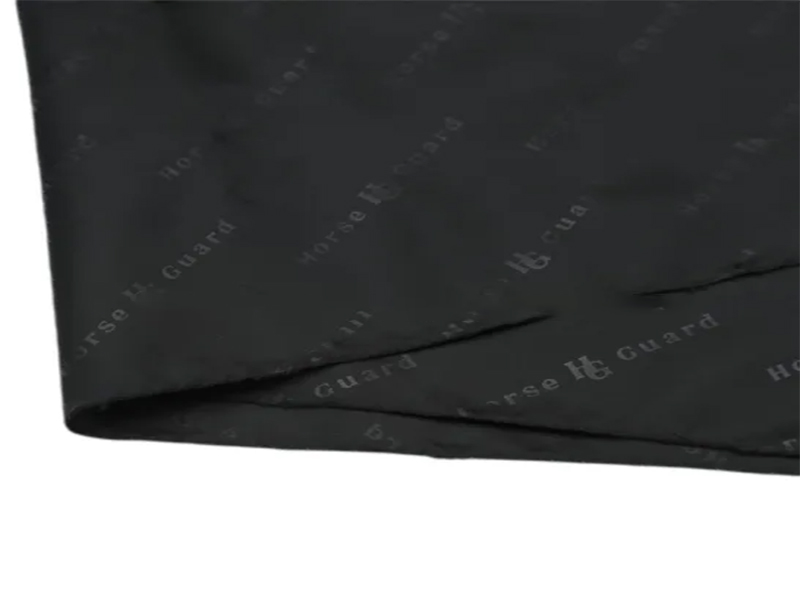Printed fabric has evolved from a simple cotton cloth to a beautiful, multi-colored fabric. It has also evolved from a simple, single-sided print to double-sided printing. Today, textile printing has become a major part of fashion.
Fabric printing is a process where a pattern is transferred to a fabric. In some cases, the printing is done with dyes. In other cases, a pigment is used. In any case, the process requires special treatment, such as a curing process.
In the early stages, a fabric is rolled out onto a table that can stretch up to 60 yards. The fabric then passes through a conveyor system. In addition, it is cleaned in soapy water. The design is then transferred to a block. In many cases, the block is made of metal or wood.
In some cases, the fabric is printed by hand. Screenprinting is the most common method, but it can also be done by automatic machine. Screenprinting is less expensive than other methods, but it is not suitable for complicated designs.
Transfer printing uses special paper to transfer a design onto fabric. The paper uses disperse dyes. It is available at craft stores. It is then applied to the fabric with a steam iron.
Screenprinting is the most effective and inexpensive method of printing fabric. This method works best for printing on different types of fabric.
Pigment printing is another popular method, and it is also less expensive. In this technique, dyes are applied to the desired design area. In addition, the dyes give the fabric a soft feel. They are also more colourfast. However, they will fade with multiple washings.













